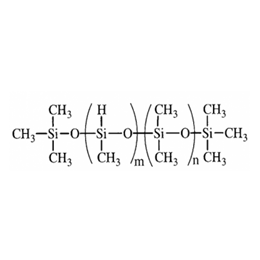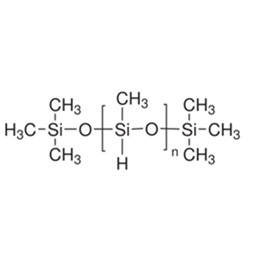What is thermally conductive silicone potting compound?
| Potting is to pour the liquid compound into the device with electronic components and circuits by mechanical or manual methods and solidify it into a polymer insulating material with excellent performance under normal temperature or heating conditions. | 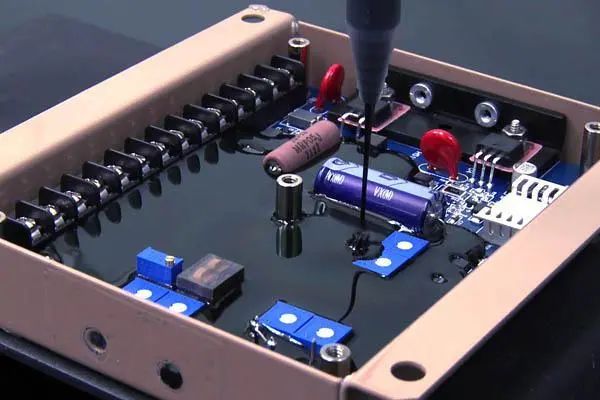 |
Potting is divided into partial potting and overall potting:
- Partial potting refers to potting a high-power device so that it is connected to the heat sink through the heat-conducting potting silicone rubber material so that the generated heat can be quickly transferred to the heat sink.
- The overall potting is to pot all the components inside the electronic product so that the heat generated can be quickly diffused and directly dissipated into the external environment.
Thermally conductive potting silicone rubber is generally a two-component. When using, the two components are mixed to defoaming, and then potted to the required part and vulcanized into a soft pliable rubber elastomer. Such products not only have the function of heat dissipation and insulation but also have the functions of shock absorption and three defenses. They are currently widely used in LED power supplies, built-in power supplies for bulbs, electric vehicle battery components and charging pile power modules, as well as bonding irrigation of some electronic devices. Seals, play the role of heat dissipation, sealing and shock absorption.
How to prepare silicone potting compound:
◆Two-component condensation type
It is generally in a vacuum kneader, a certain proportion of 107 silicone rubber, alumina, magnesium hydroxide and other functional fillers are mixed at a certain temperature for a period of time, and then a certain amount of Adjust the viscosity with a certain amount of vinyl silicone oil, stir with a high-speed shear disperser for a certain period of time to prepare component A, and stir the remaining components such as crosslinking agent and catalyst according to a certain amount to prepare component B.
◆Two-component addition type
It is made by fully mixing a certain amount of vinyl silicone oil, platinum catalyst and functional filler in a vacuum kneader to make component A, and by mixing vinyl silicone oil and hydrogen-containing silicone oil, functional fillers, inhibitors and tackifiers are uniformly mixed in a vacuum kneader to make B component.
| XJY Silicones is a pioneer in the silicone industry for 30+ years, providing vinyl silicone oil and hydrogen-containing silicone oil with Rohs compliant. For more learning about it, please contact XJY Silicones. |
What are the typical applications of silicone potting compounds?
Usually, silicone potting compound could be applied in the manufacture of transportation tools, electricity, the electronics and radio industries, silicone encapsulant in automotive electronics, the power industry, silicone sealant in building energy conservation
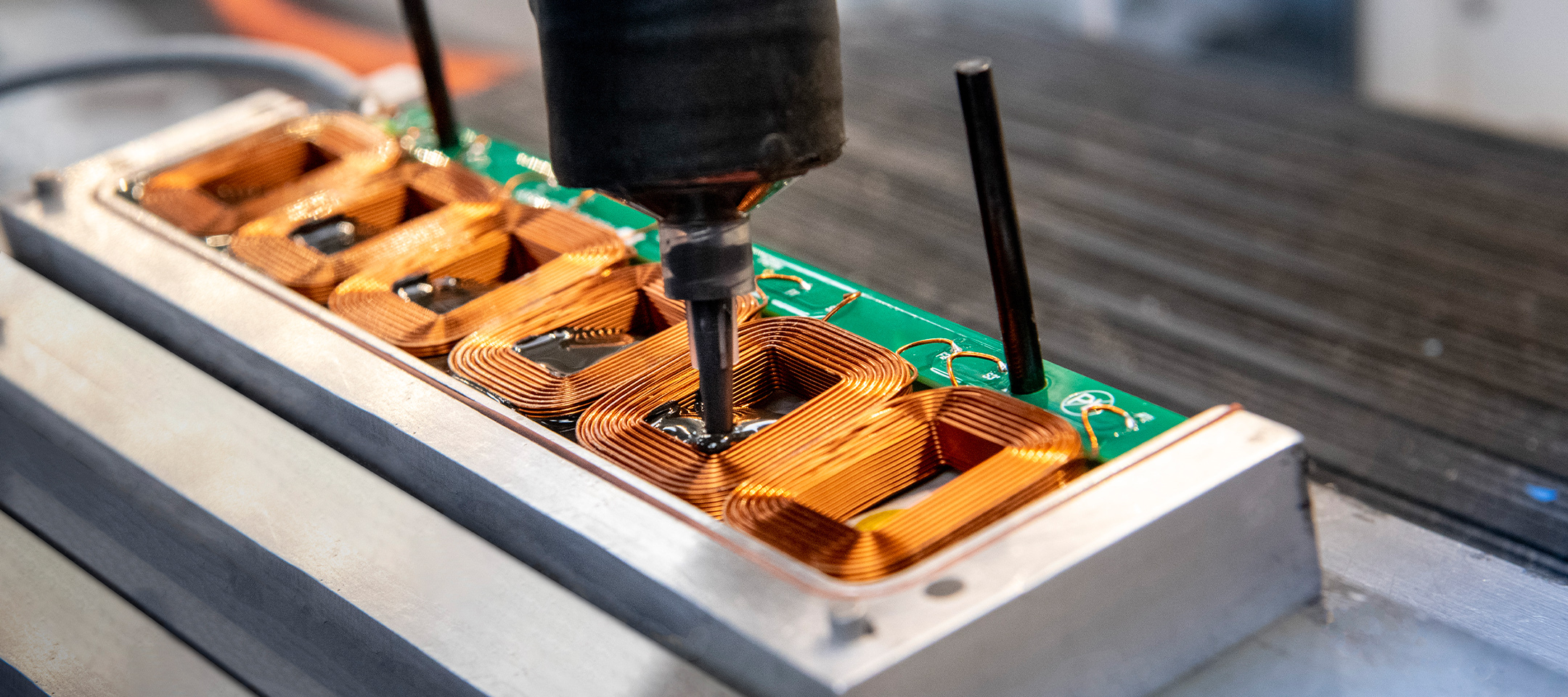
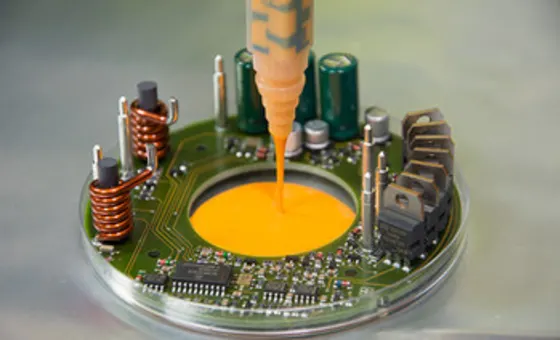

1. Manufacture of transportation tools
Mainly used in forming gaskets and bonding and sealing of automobile engines, windshields, door and window frames, reflectors, exhaust pipes, lights, instruments, containers, car boxes and other equipment susceptible to water spray. Silicone sealant has excellent water resistance and lubricating oil resistance, and can be used in water-based systems such as pumps and water tanks, and systems with lubricating oil as a medium such as engines, gearboxes, cam boxes, transformers, and hydraulic systems.
2. Electricity
Due to its excellent insulation and heat preservation performance, the thermal expansion coefficient is low; the waterproof performance can effectively prevent the condensed water from entering after fast curing; the corrosion resistance can ensure long-term work in the acid and salt environment; the excellent aging resistance makes its service life last up to 50 years, so it is widely used in insulation, moisture-proof sealing, environmental protection and anti-corrosion, encapsulation and bonding of cable accessories.
3. The electronics and radio industries
Room temperature curing silicone sealant is widely used in the field of encapsulation, infusion, bonding, dipping and coating, etc., to potting integrated circuits, micro-film components, thick-film components, electronic assemblies or the whole machine. The inner components are clearly visible and the component parameters can be accurately measured.
4. Automotive electronics
Silicone applications in automotive electronic devices include bonding and sealants, potting adhesives, gels, insulating coatings, thermally conductive adhesives and other materials. These materials are used to protect engine control modules, ignition coils and ignition modules, powertrain modules, braking system modules, exhaust emission control modules, power systems, lighting systems, various sensors, connectors and more. The silicone potting material is used on various control modules to do overall and general potting of components applications requiring meeting the basic requirements of moisture-proof, anti-fouling and anti-corrosion.
5. The power industry
With the continuous development of high-end industries, in order to ensure the stability and durability of power supply equipment in the application of various industries, eliminate environmental factors (moisture, salt spray, dust, vibration, heat, etc.) The influence of the equipment leads to the reduction of the reliability of the equipment, which puts forward more stringent requirements for the power supply industry.
6. Building energy conservation
The application of silicone sealant in building doors, windows and curtain walls mainly includes three aspects: secondary sealing of insulating glass, curtain wall structure, weather-resistant sealing and waterproof and weather-resistant sealing of doors and windows. The quality of silicone sealant not only affects the safety of the entire building's door, window and curtain wall structure but also affects whether the building meets the requirements of energy conservation and environmental protection.
Thermal conductive encapsulation in the power battery field
There are three ways for the power battery system to transfer heat to the outside world: heat conduction, convection heat transfer and radiation heat transfer. That is to say, in a limited environment, the main method of heat transfer between the battery cell and the outside world is heat conduction.
How to keep the cell at a stable and safe temperature after conducting heat?
At present, there are four main cooling methods for most new energy vehicles: direct cooling, air/water mixed cooling, low-temperature radiator cooling, direct air cooling, etc. The above cooling methods use heat conduction to quickly and efficiently transfer heat from the electric core to the cooling area, and finally, achieve cooling in the cooling operating temperatures.
In this heat dissipation process, the thermal conductive silica gel is the bridge between the power battery system and the heat dissipation area to transfer heat. Most of the heat of the battery is transferred to the cooling area through the thermal conductive silica gel. Therefore, efficient heat transfer of thermal conductive silica gel is very important.
Thermal conductive silica gel has insulating properties while conducting heat. As the raw materials of the thermal conductive silica gel are all composed of insulating materials, which adds a very good advantage virtually, namely, its own insulation, which can effectively prevent the battery cells in the automobile battery system from generating strong voltage due to excessive current, thus damaging the normal use of the power battery system, and avoiding short circuit and other faults.
Heat dissipation and cooling through heat conduction mean longer battery life. When the electric core is under effective heat transfer and cooling, it always maintains a constant and appropriate temperature. The service life of the diaphragm and electrolyte inside the cell will be greatly extended, and the battery will have a longer service life.
How to avoid air bubbles generating?
1. It is recommended to use products with low viscosity and long operating time, so that the air can be exhausted before the material is cured.
2. Keep the curing temperature below 45℃ to avoid the bubbles being unable to be discharged due to excessive temperature.
3. Determine the ratio to adjust the curing speed
The amount of curing agent and changes in ambient temperature and humidity have a great influence on the curing speed. Increasing the amount of curing agent will accelerate the curing reaction. Therefore, it is usually possible to adjust the curing speed by increasing or decreasing the amount of curing agent. Generally, the recommended dosage is between 10:0.8—10:1.2 (mass ratio). If it is necessary to change the ratio, it should be applied after a simple experiment of changing the mixing ratio.

